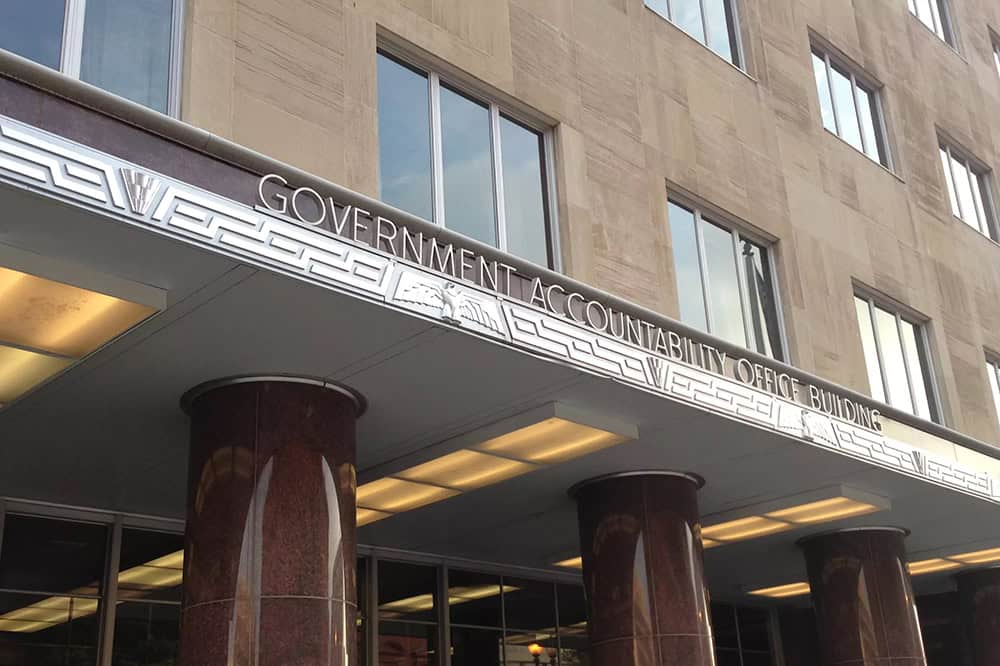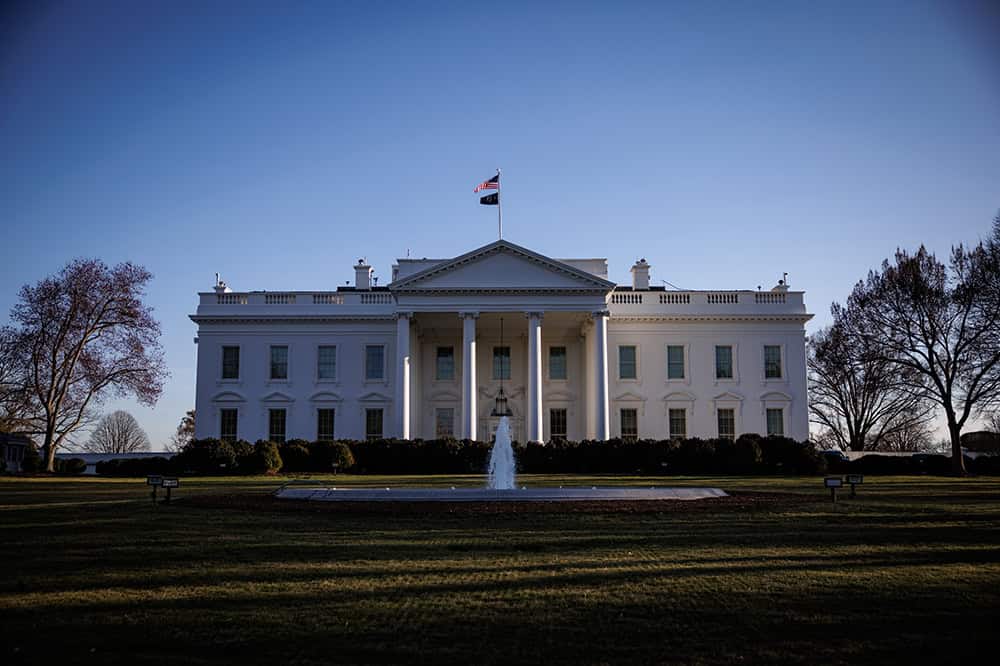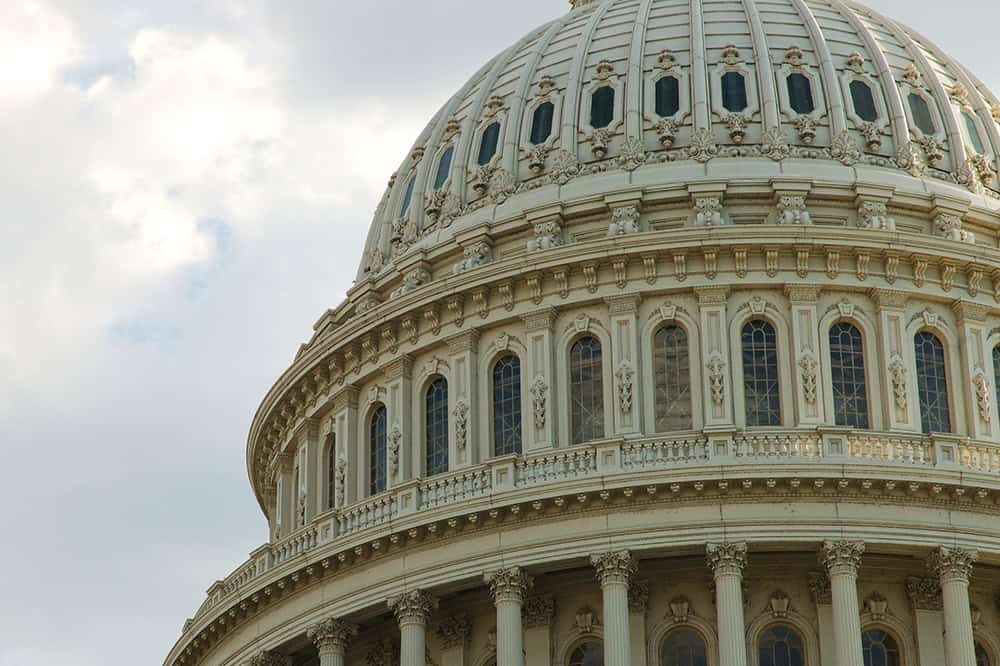How Do Quantitative Easing and Tightening Affect the Federal Budget?
Last Updated April 8, 2025
The Federal Reserve (Fed) plays an important role in stabilizing the country’s economy. The Fed’s main tool to influence economic activity is through adjusting the Federal Funds rate — for example, raising that short-term interest rate to battle high inflation or lowering the rate to incentivize investment. In addition to those actions, the central bank may want to affect long-term rates, which can be carried out by buying or selling government securities and other financial instruments. That approach is known as quantitative easing (QE) or tightening (QT) and is typically implemented when other monetary policy actions are exhausted. Below is an overview of QE and QT, the role they play in monetary policy, and their impact on the federal budget.
Quantitative Easing vs. Quantitative Tightening
In the most basic terms, QE and QT are opposite actions. QE refers to the Fed buying assets to lower longer-term interest rates, and QT means the Fed is selling assets to put upward pressure on longer-term rates.
QE is used when the Fed wants to stimulate the economy and reduce interest rates on longer-term securities. The Fed accomplishes this by purchasing large quantities of Treasury and mortgage-backed securities. Because such purchases can reduce longer-term interest rates and increase liquidity in financial markets, it helps provide economic stimulus. Historically, the Fed has used QE when short-term interest rates are near zero and additional monetary stimulus is needed — such as during a financial crisis or recession. For example, the Fed employed QE during the COVID-19 pandemic and grew its portfolio of securities from a little under $4.0 trillion in March 2020 to $8.5 trillion by March 2022.
Conversely, QT is used to cool the economy by allowing assets to mature off the central bank’s balance sheet or by selling them. Diminishing the Fed’s portfolio of longer-term debt leads to higher longer-term interest rates than would otherwise be the case, which reduces domestic investment and consumer spending on housing and durable goods. The Fed began implementing QT in the middle of 2022 in an effort to restrain economic activity and tame inflation; such actions reduced the balance sheet from its all-time high of $9.0 trillion in May 2022 to $6.8 trillion today.
How Do QE and QT Affect the Federal Budget?
Quantitative easing and tightening affect the federal budget by:
- Influencing the amount of remittances to the Treasury
- Changing net borrowing costs of the U.S. government
- Stimulating aggregate economic activity, and therefore tax revenue
Influencing the Amount of Remittances
The Fed finances much of its activities through interest receipts on the assets it holds, while its expenses largely stem from personnel costs and payment of interest to banks that hold reserves at the Fed. Earnings that the Fed does not need for its activities are remitted to the Treasury and recorded as revenues in the federal budget.
Remittances are generally higher during times of QE and lower during times of QT. Because QE involves the large-scale purchase of securities, and because the Fed has historically made money from interest receipts on the securities that it holds, remittances are higher during those periods. In turn, higher remittances provide larger revenues to the Treasury and help offset the federal deficit. When the Fed utilizes QT, remittances are lower because the central bank lets assets mature off the balance sheet, thereby resulting in smaller interest receipts. Due to the Fed’s use of QT in 2023 and the rapid rise in interest rates, which has made older securities less valuable, remittances fell to $1 billion in 2023, down from $107 billion in 2022. Since then, remittances have begun to slowly rise, and CBO projects that they will continue to grow, totaling $155 billion in 2035.
Changing Net Borrowing Costs of the U.S. Government
The primary channel through which QE affects net borrowing costs is via a reduction in market interest rates (and therefore rates paid on Treasury issuances). If the Fed pushes rates down through the implementation of QE, or pushes rates up through use of QT, such actions affect interest paid on new borrowing, thereby influencing net interest totals in the budget.
Stimulating Economic Activity
Through the reduction of long-term interest rates, QE boosts the economy by reducing the cost of capital and encouraging additional business investment, increasing the demand for homes and other durable goods, and supporting higher domestic consumption as a result of the lower cost of credit. Those changes in the economy can affect federal spending and revenues. One example is that typically during economic downturns, outlays for programs considered automatic stabilizers (such as unemployment insurance and SNAP ) increase as more people become eligible for the federal support. But because QE helps stimulate the economy and mitigate economic downturns, such outlays could be lower than they would be without QE. Moreover, increased economic activity means increased tax revenues for the federal government. QT has a different effect in that the higher interest rates can slow economic growth and boost interest rates, which could reduce revenues and increase outlays.
What Happens to the Federal Budget If the Fed Incurs Losses?
When the Fed used QE and more than doubled its portfolio from 2020 to 2022, it also shifted the composition of the central bank’s balance sheet. In 2020 before the COVID-19 pandemic, 47 percent of the Fed’s liabilities were derived from its distribution of currency, which the Fed did not have to pay interest on; in 2025, interest-bearing liabilities make up nearly two-thirds of its total liabilities. At the same time, the bulk of the Fed’s assets are now medium- and long-term securities (Treasury notes and bonds and mortgage-backed-securities). Essentially, the Fed’s balance sheet now consists of more long-term assets that are financed by short-term liabilities, which exposed the Fed to risk when interest rates rose from near-zero in March 2022 to now 4.2 percent in March 2025.
Those conditions led to operating losses for the Fed in 2023 and 2024. In November 2024, the Fed reported operating losses of $63.2 billion. The losses are considered a “deferred asset” under the Fed’s accounting rules, which means it would not remit anything to the Treasury until it retained earnings that offset its earlier losses. The Federal Reserve anticipates operating losses through 2028, which will keep remittances low until 2029.
Conclusion
The use of quantitative tightening and easing by the Federal Reserve are important tools to help create a healthy economy. QE and QT impact borrowing costs, influence economic activity, and affect the balance sheet and financial position of the Treasury. Particularly as the nation navigates through complex fiscal and economic conditions, it is important to understand the critical role that monetary policy plays for our budget, deficit, and economic future.
Image credit: Photo by Win McNamee/Staff
Further Reading
How Much Can the Administration Really Save by Cutting Down on Improper Payments?
Cutting down on improper payments could increase program efficiency, bolster Americans’ confidence in their government, and safeguard taxpayer dollars.
Can a Rescissions Package Help Lawmakers Formalize DOGE Cuts?
Rescission packages can serve as a tool for the President and Congress to manage and control government spending through a formal statutory process.
What Is a Continuing Resolution?
A continuing resolution is a temporary funding measure that Congress can use to fund the federal government for a limited amount of time.


